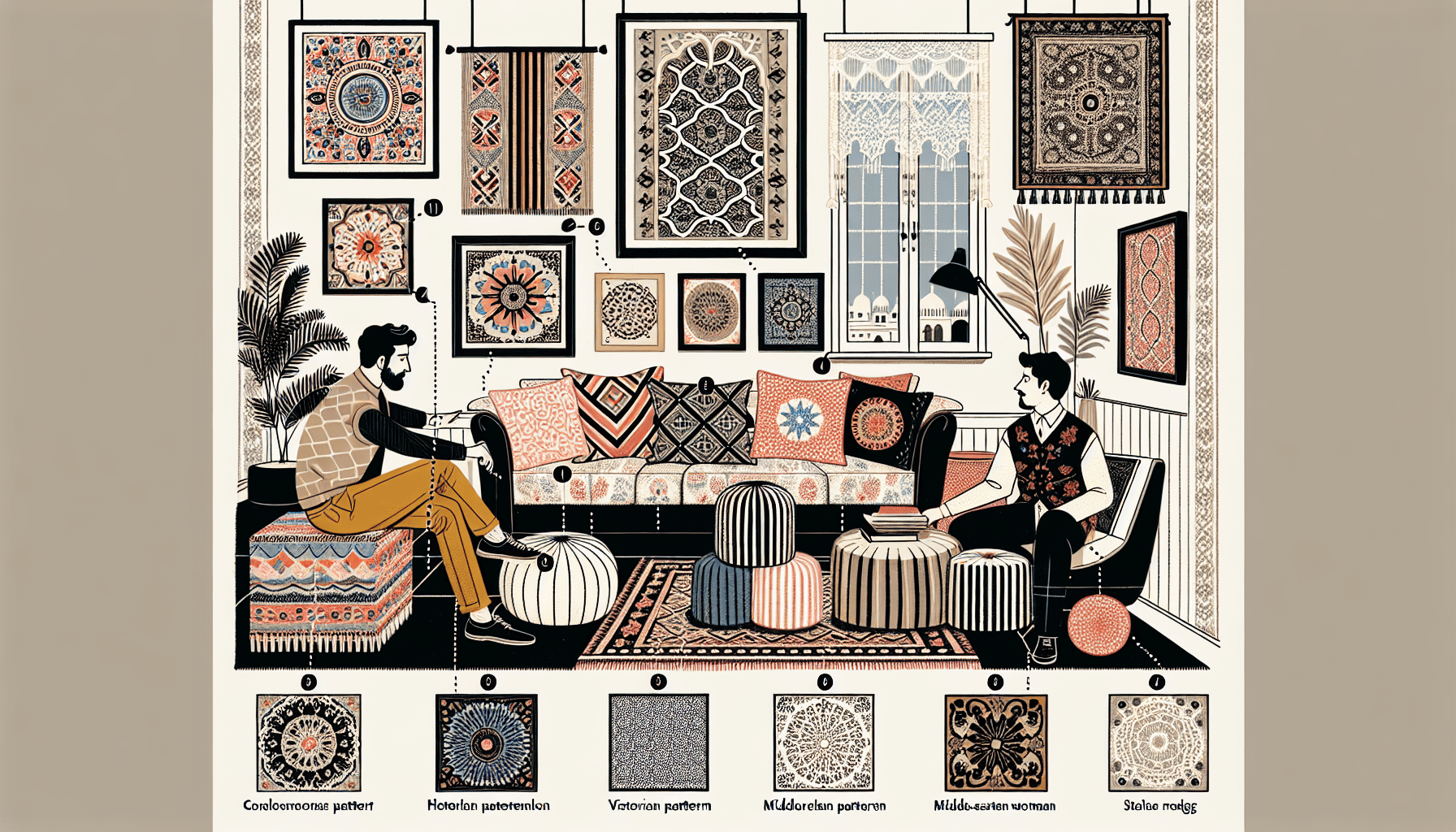
One effective approach is to employ the 70/30 rule, where 70% of your outfit features one dominant pattern and 30% complements it. For instance, wearing a bold floral dress as your focal point and adding a striped cardigan can create a delightful juxtaposition, drawing attention without overwhelming the eye.
Don’t forget about scale. Mixing a large floral print with a smaller polka dot can introduce depth to your ensemble. The contrast between sizes keeps the eye engaged, leading to a visually intriguing look. Think of how a large-checkered shirt paired with micro-patterned trousers can create an effortless, trendy vibe.
Texture plays a role too. A textured fabric, like a chunky knit, can soften the mix. Imagine combining a plaid blazer with a silky, floral blouse; the differing textures not only enhance the overall appearance but also bring forth an additional layer of interest. Making these distinctions can turn a simple outfit into an expression of personal style.
Don’t shy away from experimenting. Try out different combinations, see what resonates with you, and remember that confidence is key. The best outfits often emerge from playful exploration, where you discover unexpected pairings that reflect your unique fashion voice.
Choosing Complementary Colors
Colors are the heartbeat of any fashion statement, and choosing complementary shades can elevate your pattern mixing game to new heights. The right color palette not only enhances the appearance of your patterns but also ties your entire ensemble together seamlessly. Start by familiarizing yourself with the color wheel; this tool is invaluable in identifying colors that work well together. Opposite colors, known as complementary colors, can create a striking visual impact. Imagine a bold geometric print in vibrant oranges paired with cool blues—a daring yet harmonious blend that commands attention.
Now, if you prefer a softer approach, look for analogous colors, which sit next to each other on the color wheel. Think of shades like coral, pink, and peach blending beautifully together in a mixed-pattern outfit. This technique can evoke a sense of calm while still being visually interesting. For example, pairing a floral top with a polka dot skirt in varying shades of pink can introduce a subtle yet fun touch to your outfit.
When selecting patterns, consider the prominence of your colors. A busy pattern with multiple hues may require anchoring with a solid color to avoid overwhelming the eye. For instance, a bright paisley print can be both striking and chaotic, so pairing it with solid-colored pieces in a shade found within the print creates cohesion without sacrificing excitement. Alternatively, employing a color-blocked strategy can also work wonders—where you deliberately contrast bold patterns with solid hues can make each component of your outfit pop.
Accessorizing is another opportunity to integrate complementary colors. A vibrant belt or shoes that echo one of the shades in your patterns can forge a direct connection, enhancing the harmony of your look. Consider a pair of mustard yellow heels paired with a navy floral dress; the unexpected burst of color adds personality while not straying from the overall theme.
Remember, playing with colors doesn’t mean you have to abandon personal taste. Trust your instincts—if something feels right, it likely is. Fashion thrives on individuality, so embrace your unique color combinations and relish the process of discovering what brings your styled outfit to life.
Creating Balance with Scale and Proportion
Balance in your outfit is all about the scale and proportion of the various patterns you choose to wear, and getting this right can transform your fashion game. Imagine stepping into a room wearing a bold oversized floral print alongside petite stripes. The eye naturally gravitates toward contrasts in scale, allowing each pattern to stand out in its own right. An oversized print can make a striking statement, while smaller patterns can act as a grounding element, preventing the look from feeling overwhelming.
Consider pairing a large, vibrant geometric print top with a pair of slim-fitting, pinstriped trousers. The wide breadth of the geometric pattern draws in attention, while the pinstripes add a sleekness that offers balance. This interplay can create a visually harmonious outfit while still showing off a playful mix. The key is to ensure one pattern is dominant, keeping the overall look cohesive but still exciting.
Scale can also relate to your silhouette. If you opt for a large print, think about how the cut of your clothing affects the pattern’s impact. A wide-legged pant with a large check can be captivating, while a fitted top can keep the look from becoming too voluminous. This creates a proportion that flatters your shape without sacrificing style. On the flip side, if you wear a voluminous patterned dress, consider anchoring it with a tailored, monochrome jacket to add structure to your ensemble.
Proportions extend beyond fabric and into your choice of accessories too. A broad-brimmed hat or oversized handbag can complement a bold outfit, whereas delicate jewelry or a slim clutch can soften larger patterns. Pairing an attention-grabbing maxi skirt with a fitted tank top allows the skirt to speak for itself while maintaining a sense of poise. This consideration for proportion keeps the look fresh and polished.
Don’t hesitate to mix sizes within patterns, either. A large paisley scarf can be paired effortlessly with a small polka dot blouse, creating a delightful dance of visuals that intrigues the viewer. Just as in art, where varying shapes and sizes create depth, mixing patterns in this way breathes life into your attire. Finding that sweet spot of scale not only expands your styling options but also enhances your overall aesthetic, allowing your personality to shine through in each carefully considered outfit.
Ultimately, mastering scale and proportion in pattern mixing is about knowing what feels right on you. Whether you opt for exaggerated proportions or delicate allusions, trust your instincts and weave in the essence of who you are. Fashion thrives on creativity, so don’t be afraid to play with sizes and finds those unique combinations that express you best.

